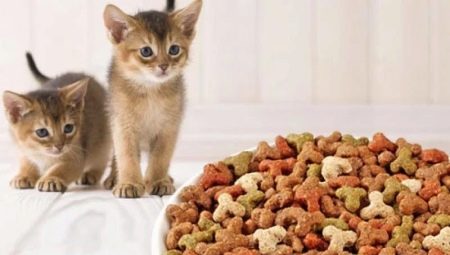Cats are one of the most popular and most beloved pets. The appearance of a small fluffy kitten in the house brings owners not only joy, but also worries. Very often, owners ask themselves: what is the best way to feed a kitten and how to choose the right food for it? Let's try to figure it out.
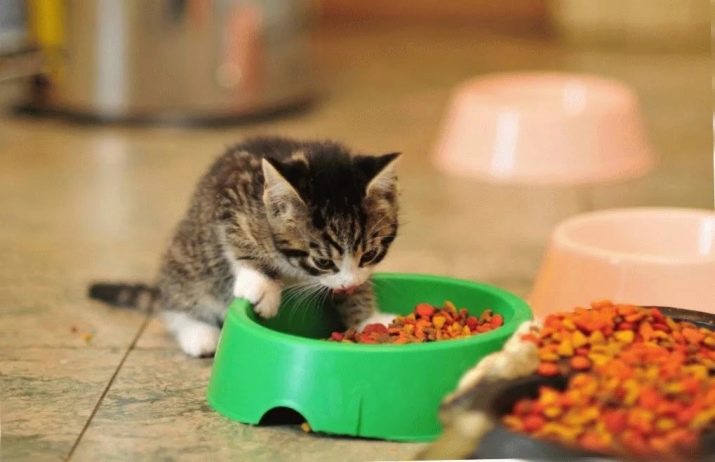
Power Features
The digestive system of small kittens, although it does not fundamentally differ in structure from the system of adults, but still requires a certain approach in the preparation of the diet. Some enzymes that promote the digestion of food in the gastrointestinal tract of adults are absent in kittens; therefore, the composition of the food for them is somewhat different from that for adult animals.
In order for a small kitten to grow into a healthy and nimble pet, you need to choose the right age-appropriate feed. According to the accepted classification, kittens are divided by age into 3 categories. The first category includes individuals whose age does not exceed 4 months, the second includes kittens from 4 to 8 months of age. The third group includes animals from 8 months to 1 year inclusive.
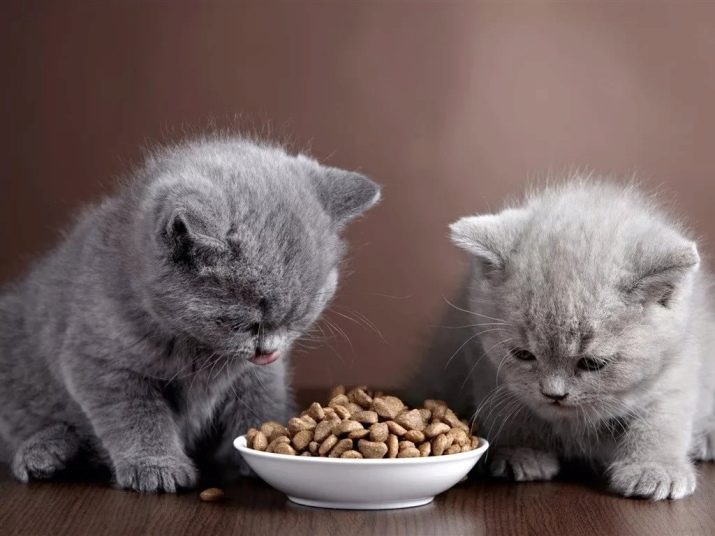
The composition of the feed for each age is strictly balanced for all the components necessary for the healthy development of the kitten. Fats, proteins, carbohydrates, minerals and vitamins are not only present in the right amount, but also in the right proportion. Each component that is part of the composition has an effect on a particular process in the growing body.
Fat-soluble vitamin A promotes growth, affects the vision, skin and coat of the animal.Vitamin D, which belongs to the same fat-soluble group, affects the skeletal system and prevents the development of rickets. Without vitamin E, the full development of reproductive function is impossible, and vitamin K is involved in the regulation of blood coagulation and prevents hemorrhages. Water-soluble vitamin C is the key to good immunity, in addition, it is involved in the development of the digestive system and affects the elasticity of muscle tissue and blood vessels.
Water-soluble B vitamins are involved in all metabolic processes, and some of them, such as B1, B6 and B12, also affect the regulation of the nervous system.
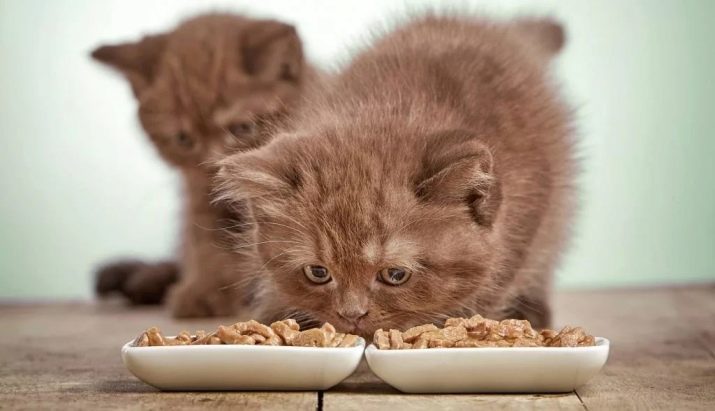
Mineral trace elements such as zinc, potassium, copper, calcium, phosphorus, iron, manganese and even silicon are necessary for the full development of the young body. Each of them affects the metabolic processes and the vital activity of individual organs, so a lack of even one of them in the body can lead to the development of a particular disease.
It’s quite simple to teach small kittens to food, the main thing is not to rush, the ideal age for getting used to it is 2-4 weeks. Before this period, it is not worth experimenting, since the kitten is quite enough for mother's milk, the composition of which is perfectly balanced in all respects. A complete rejection of milk occurs, as a rule, from 8-10 weeks of age. This period is considered the most optimal from the physiological point of view for the transition to industrial feed.
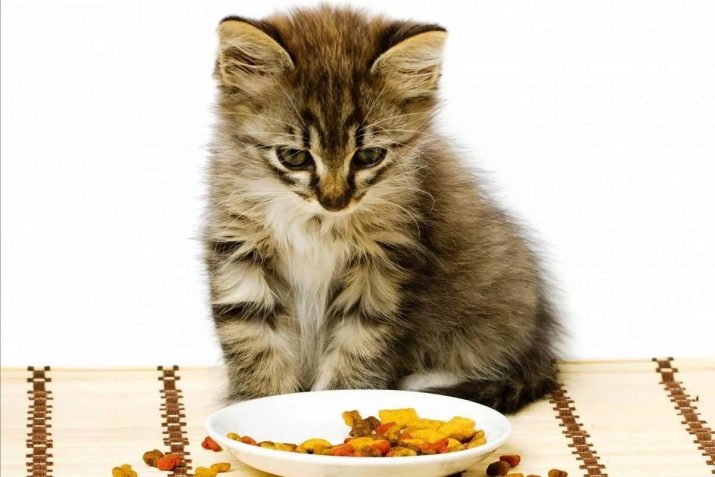
Kinds
As you know, for cats produce two types of feed: dry and wet. Both of them are ready to eat and perfectly balanced. A wet look is the best option for the smallest kittens whose age does not exceed 4 weeks. Its soft and moisturized texture is perfectly chewed by not yet strong milk teeth. In addition, because of the teeth constantly cutting at a given age, the gums are irritated, and the dry consistency of the feed can lead to even more irritation of the delicate surface of the gums, and as a result, a complete refusal of food.
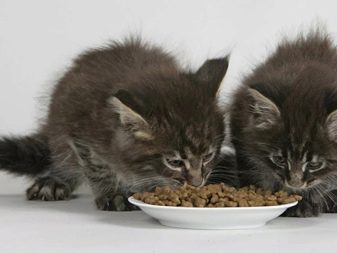
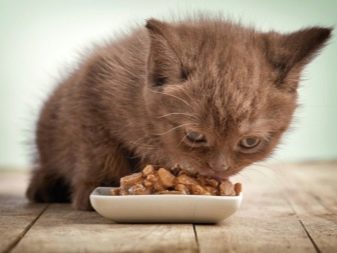
The percentage of water in the wet type of food is close to 80, so the kittens do not need additional fluid or its amount should be minimal. Very often, children eat hastily and pieces of food in the oral cavity simply do not have time to undergo saliva treatment, which, of course, affects the quality of digestion. Insufficient time to process small pieces in jelly or broth is unlikely to harm the delicate mucous membrane of the stomach, but dry large granules can injure it.
But there are some negative points. Wet food is sold in sealed bags or jars. It is not difficult to choose the appropriate packaging, but after opening it does not expire as long as the dry one, so it’s better for kids to buy a very small package.
It is desirable that its contents are eaten by the pet during the day, a maximum of two. After opening the container with food must be cleaned in the refrigerator. Better yet, put the rest in a special container or glass dish with a tight-fitting lid.
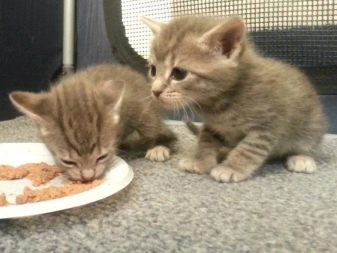
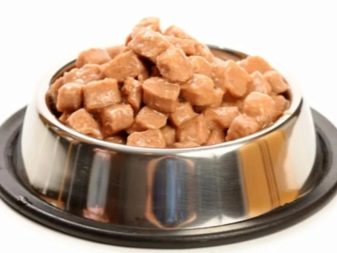
Dry food consists of small pieces of a dense and fairly dry consistency. The water content in it does not exceed, as a rule, 6%. To train kittens to this type of FDI should not be earlier than 2 months of age, and it is better if the pet reaches the age of 4 or 5 months.
Dry type of feed is a fairly economical option. In order for the animal to be saturated, you need a very small number of granules, and the animal’s feeling of fullness lasts much longer compared to wet food.
The solid structure of the feed plays a significant role in the prevention of tartar. Solid particles act on tooth enamel no worse than a brush, they perfectly clean the surface and prevent the rest of the feed from sticking to it.
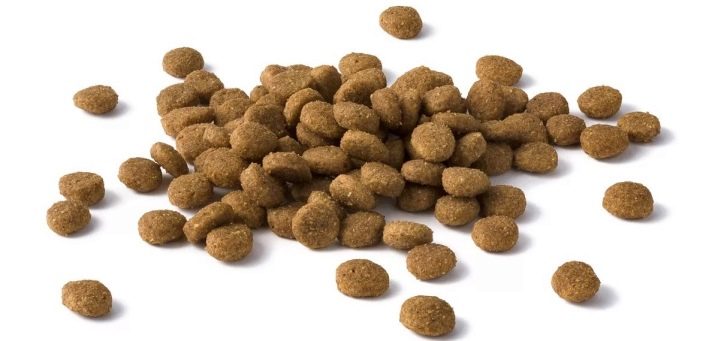
In order not to injure the delicate gums of a furry little friend and minimize digestion problems, it is better to soak the feed before serving. To do this is quite simple, you just need to fill the granules with a small amount of water and leave them to swell for 10 minutes, then transfer them to a pet bowl. When a kitten reaches 8 months of age, dry food can be given without soaking.
The shelf life of the dry species, although limited, is much longer than that of the wet one, even if the pack remains open for a rather long time. You do not need to keep it in the refrigerator and select a suitable container for its storage, just put it in a dark place protected from direct sunlight.
But there are also disadvantages to this type of feed. The composition of any type of dry food includes salt, which means that fresh clean water must be in the animal constantly.
In addition, a dry look, unlike a wet one, is not suitable for every furry creature.

Manufacturers rating
To date, there is a fairly large number of companies that produce the most diverse food for kittens in terms of taste and composition. It’s quite difficult to navigate this “sea”, because not always a high price means a quality product.
Composition is the most important indicator due to which feed can be attributed to a certain category. Today there are only 4 of them: economy, premium, super-premium and holistic.

Economy
Foods belonging to this category are the most famous, widely publicized and affordable. The advantage of economy class feeds is, perhaps, only in their low price, otherwise it quite controversial regarding its usefulness and quality of the product.
Low price means not important, but in most cases a composition harmful to the health of a small kitten: waste meat and fish production (less than 5% of the volume), unknown types of cereals, a minimum of vitamins, flavor enhancers and salt as a preservative. The presence of amplifiers leads to addiction and completely manic dependence of cats on the composition, which is what manufacturers use successfully. In the future, it can be very difficult to wean a kitten from such “stuffed with chemistry” food.
In addition, fodder in the budget category is often oversaturated with trace elements such as Mg (manganese), P (phosphorus) and Ca (calcium). Their presence, unbalanced to the right proportions, can lead to a wide variety of diseases and pathological changes in the bone, muscle and nervous systems. And the ratio between proteins, fats and carbohydrates is not up to standard, because in good feed the percentage of proteins is higher than carbohydrates, and in this category carbohydrates take 1st place.
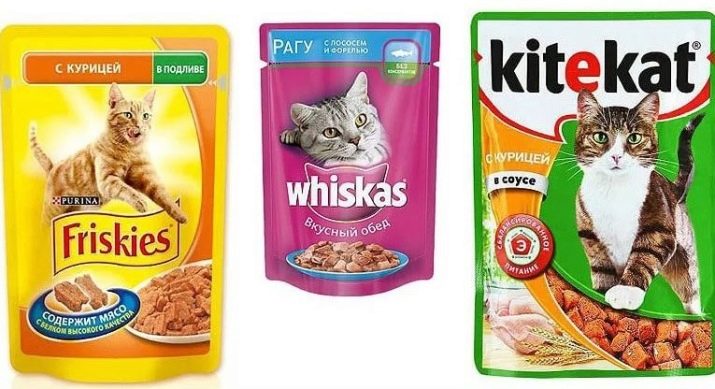
Premium
This group includes feed of the middle price category. They are better than the economy line, balanced in terms of proteins, carbohydrates and fats. In addition, this category is much more widely represented, it is possible to choose food for a certain group of animals, which include pets with allergic reactions and individuals with sensitive digestion.
The source of proteins in this line is most often chicken or its processed products, but in some formulations the proportion of proteins of plant origin is higher than the fraction of proteins of animal origin.
In some formulations, crushed corn or wheat grains are present as a source of carbohydrates, which often causes allergic reactions in sensitive animals. The proportion of carbohydrates in most premium foods is slightly exceeded relative to the generally accepted norm.
Although the premium feed line is better than economy products, it is not ideal. In almost all formulations, preservatives and antioxidants are present so that the feed remains usable for a long time.But their presence is not the worst if the manufacturer indicates the packaging.
There are feeds in which preservatives do not indicate at all, which makes it possible to doubt their safety for animals, so a detailed review of especially popular species will help you choose the option you want.
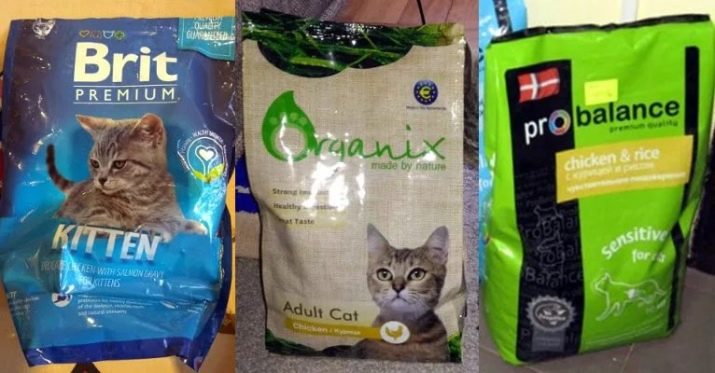
Organix canned goods from a Dutch company are produced in Russia, so their price is quite reasonableMoreover, they are even slightly inferior in value to economy-class feeds, but significantly superior in quality.
The share of proteins is represented by beef and offal, the source of fat is vegetable oil, and the share of carbohydrates is represented by rice groats. In addition, canned foods are well balanced in vitamins and minerals.
But there is a slight minus in these canned foods. The share of offal is much higher than the share of meat, so they relate to products of a premium class only.
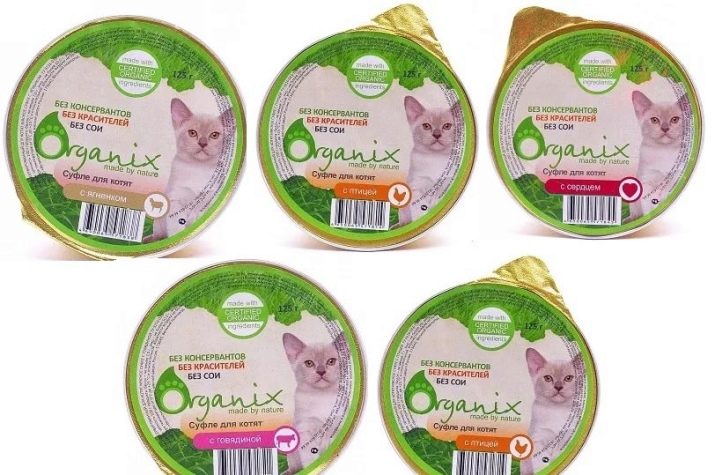
Branded feed Royal Kanin, stand out among the rest of the products of this line with its wide range. For kittens, both a dry look (from 4 months) and a wet food intended for the younger group (up to 4 months) are released.
Food for kittens is well fortified and quite saturated with minerals. But the percentage ratio between proteins of plant and animal origin is not in favor of the latter. As a source of carbohydrates, manufacturers used rice, wheat and flour from unknown crops (not indicated on the packaging). The use of animal fats, soybean oil and fish oil as a source of fatty acids is a definite plus, but the manufacturer did not bother to indicate the sources of fiber.
The feeds of this company are not the most affordable products in this line, some types of super-premium are cheaper, but superior in their quality. The names of preservatives and antioxidants are not on the packaging.
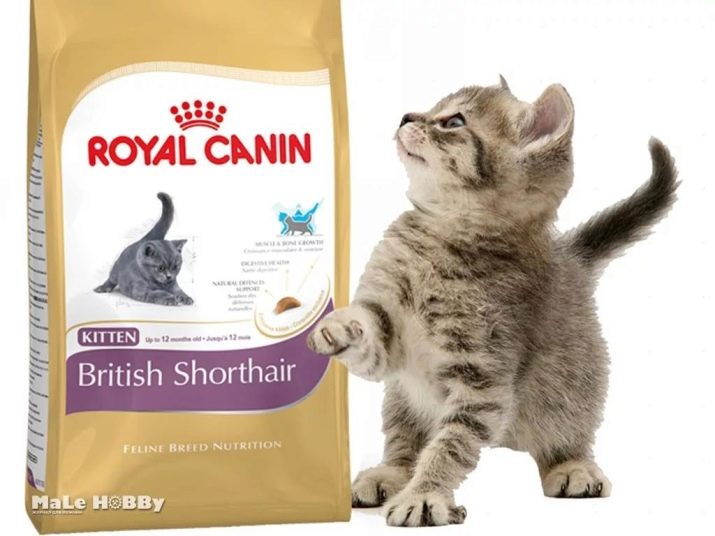
Purina Pro Plan feeds are affordable and widely distributed.. For kittens produce 1 version of dry and 2 types of wet food.
The composition contains proteins (about 36%), of which 21% is chicken, and producers do not specifically indicate whether it is meat or other parts of poultry. In this case, the source of carbohydrates is corn, and fats are represented by fish and other fats, but of plant origin.
The manufacturer does not indicate which additives are specifically present in the feed and what vitamins and minerals are added to its composition.

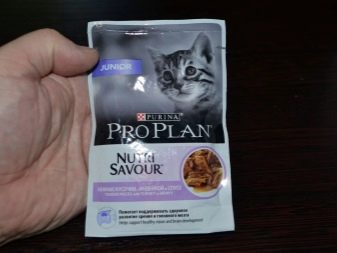
Excellent feed proven Probalance. Their composition is good enough, meat is present as a source of protein, and not just offal. The food is well enriched with vitamin and mineral supplements, as a source of saturated fatty acids, manufacturers included chicken, not vegetable fat. The only disadvantage of this product is the declared, but not specified flavoring.
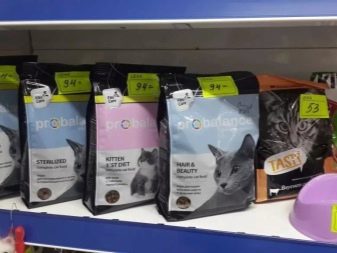
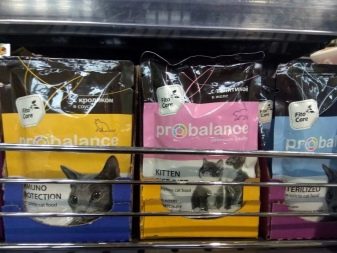
Italian food Schesir widespread in Russia. It is positioned by manufacturers as super-premium feed, but in composition it is still closer to the premium group.
Proteins, and their share is only 15%, are declared only after carbohydrates represented by rice and barley, the share of each of which is about 19%. Proteins of plant origin, fiber in the form of beet pulp, and fats of plant and animal origin are also present in the composition. In addition, the composition is enriched with a prebiotic in the form of chicory pulp and various plant-derived antioxidants. As part of this feed there is a good supplement of vitamins and minerals.
Although the composition of the feed is relatively good, its basis is still not proteins, but carbohydrates, and the protein part consists mainly of proteins of plant origin. The feed has a fairly high price.
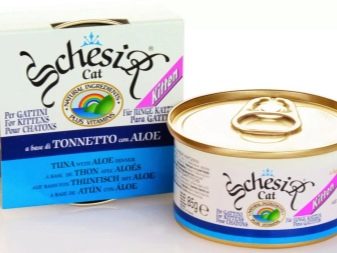
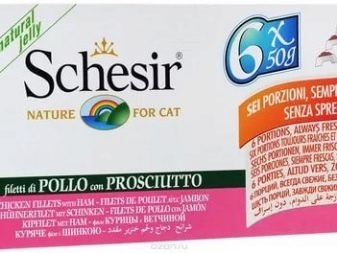
Super premium
This line of feeds differs from premium in the highest percentage protein content.Feed is well balanced in vitamins and minerals, which allows owners not to spend money on supplements.
One of the good ones in this line is feed from the Canadian company 1st Choice. In the feed, in addition to animal proteins, vegetable proteins are also present, which occupy a larger than necessary fraction (about 30%). The proportion of meat in the protein part is not very large and is within 17%. Fatty acids are found in chicken and fish oils, and the cereal complex is a source of carbohydrates. The composition does not contain artificial dyes, and vitamin E (tocopherol) is used as a preservative.
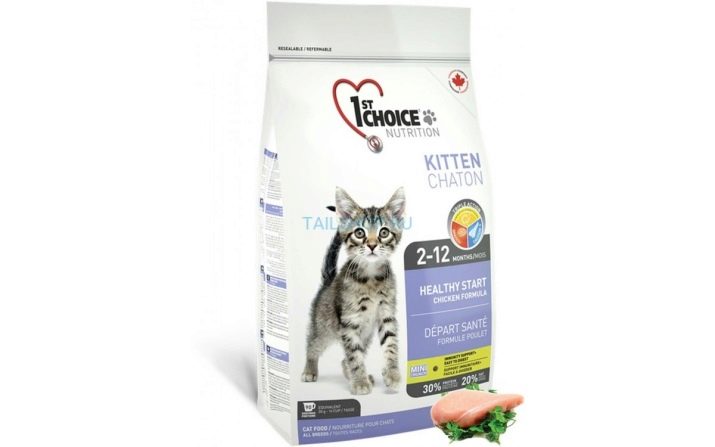
Food produced by a Czech company Brit Care I'kitten, rich in animal and vegetable proteins, with meat accounting for 22%, and the remaining 25% for dehydrated protein. Present in the composition and rice in the form of bran, and fiber in the form of crushed particles of dried apples, and high-quality sources of fat, and prebiotics, which beneficially affect the intestinal microflora, and even plant extracts.
In addition to the listed ingredients, the food is balanced in vitamins and minerals, and tocopherol is used as a preservative instead of artificial substances.
Brit Care I'kitten is the best option for kittens, it is not only perfectly balanced in all components, but also hypoallergenicsince there are no wheat and corn in the composition. A small minus of the feed is the presence, along with meat, offal.
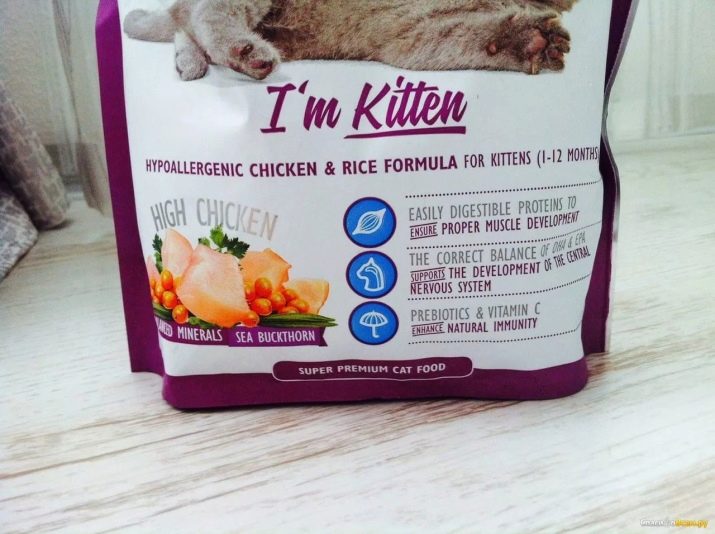
Grainless feed Arden grange is perhaps the best option for kittens. The protein fraction of the composition deserves the highest rating. It is represented by white fish (26%), flour from fish (24%) and dry whole egg. But other components are no worse than the protein part. The composition includes potatoes, chicken and salmon fats, natural flavors, peas as a source of fiber and other ingredients of natural origin. The disadvantage of this feed is only its high price.
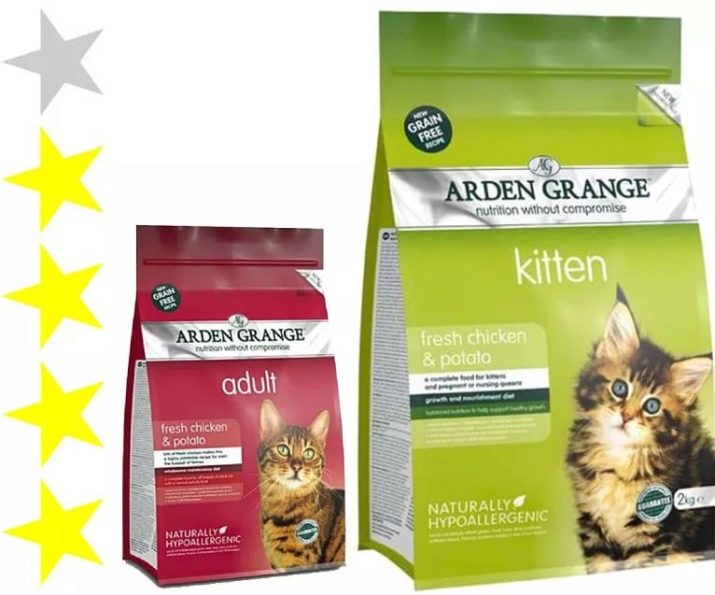
Holistic
This category includes feed with a special improved composition. They differ from the super-premium category not only in their higher protein content, but also in the higher quality protein, carbohydrate and fatty parts.
The protein portion consists only of fresh or dehydrated meat or fish. The carbohydrate part can consist of either potatoes, or lentils, or peas, and sometimes rice is also present in the composition.
No artificial colors or preservatives harmful to animal health are found in such feeds.. Fat-soluble vitamins are used for long-term storage.
Fiber in the feed is present in the form of vegetables, fruits and berries, some manufacturers use beet pulp fibers. In addition to the fact that the composition of such feed is completely natural, it is also well fortified and enriched with all the necessary minerals.
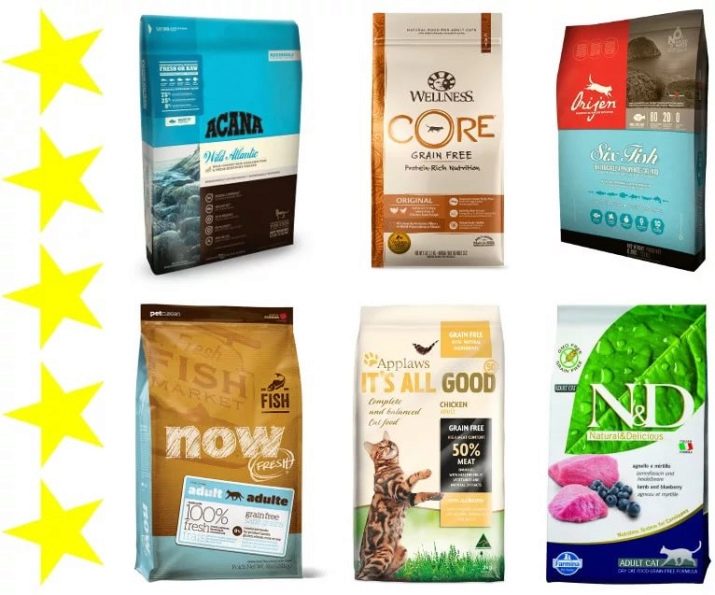
British-made Applaws feed 84% of animal proteins. The protein part consists of dehydrated chicken flour (47%), similarly processed duck flour (21%) and minced chicken (16%).
The carbohydrate portion is represented by potato fibers, and producers added salmon fat as a source of unsaturated acids. The food is enriched with beet pulp (fiber), brewer's yeast (B vitamins) and other useful additives. As preservatives, in addition to tocopherol, manufacturers added rosemary and citrus fruits to the food.
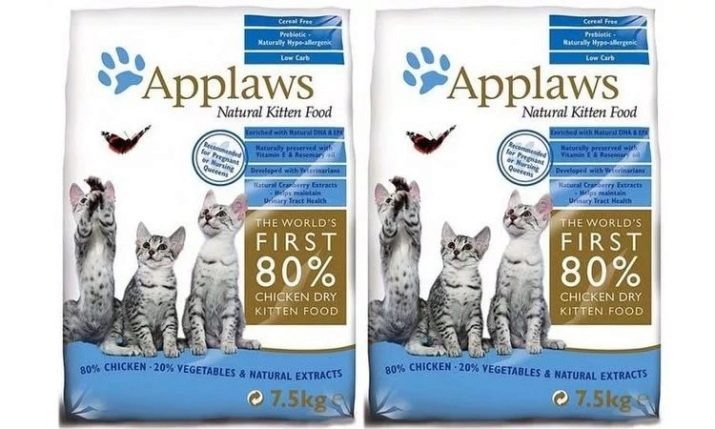
Aft Carnilove proteins from Czech producers account for 63% of the total composition. Food is very good in composition, as all ingredients are of natural origin. It is well fortified and enriched with minerals. Among the shortcomings can only be called an insufficiently accurate indication of the ingredients in the protein part and a high price.
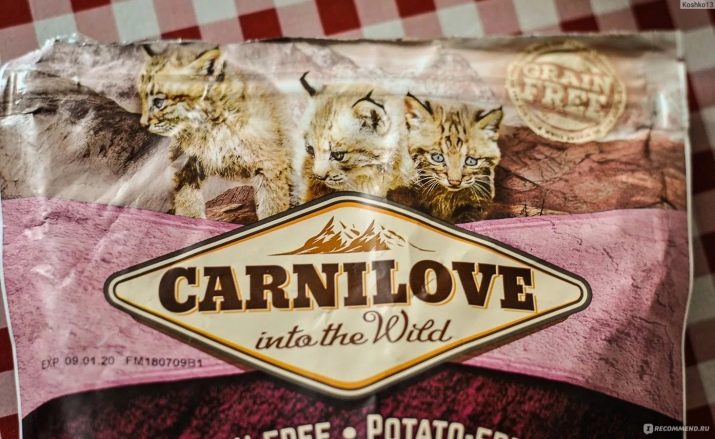
Canagan British food contains about 65% animal protein.In addition to meat ingredients, the dehydrated egg (4%) is also present in the protein part. This grain-free food, in addition to various supplements and vitamins, also contains prebiotics, which is an undoubted plus.
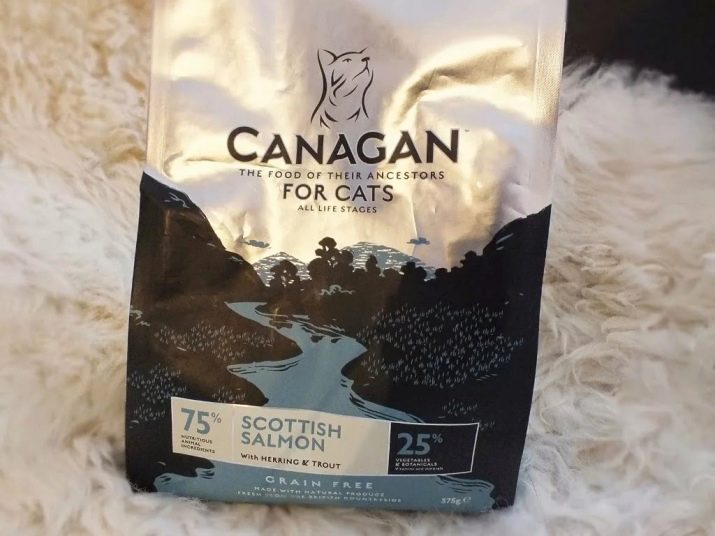
The most common holistic in Russia from Canadian manufacturers Acana In its composition, all the ingredients are described most accurately in comparison with similar feeds of this category. The protein part of the feed consists of meat, fish and high-quality offal. It contains all the necessary vitamins and minerals, and natural ingredients are used as preservatives.
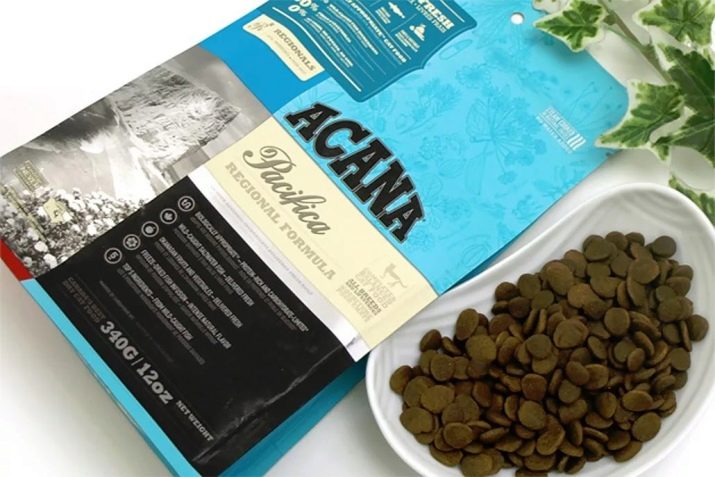
How to choose?
When choosing food for your little pet, you should be guided primarily by common sense. In order to choose the right food, you need to take into account both age and general condition, and, of course, carefully study the composition indicated on the packaging by the manufacturer.
When choosing food, it is worth focusing not so much on the category specified by the manufacturer as on the composition, since some Claimed classes often do not correlate with ingredients. High price is not always a guarantee of perfect quality, You can always find food with the best composition at a lower price.
You need to choose the food in which proteins in a percentage ratio prevail over other components, since protein is the main source of growth and development of a kitten.
It is better if proteins of animal origin will prevail over proteins of plant origin, since the latter are less absorbed. And, of course, you need to pay attention to the naturalness of the components. The more natural ingredients in the composition, the less health problems a small pet will have.
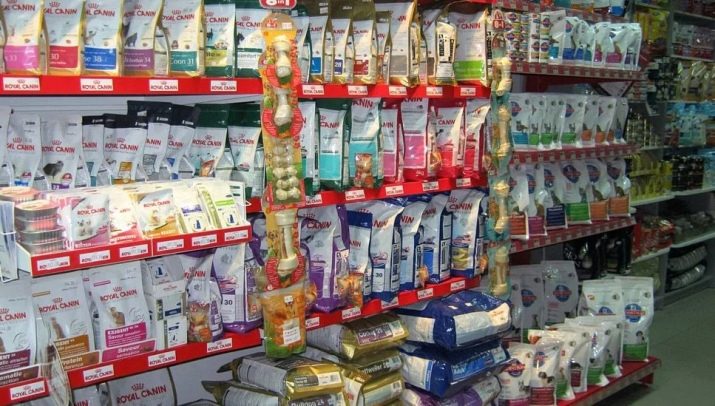
Veterinarian reviews
There are many different opinions about which food is best for a kitten. According to most veterinarians, you should choose feeds not lower than the premium class, and up to 4 months and completely prefer the feed categories of super-premium and holistic. It is they that are best fortified and enriched with minerals.
Although wet food and somewhat more expensive than dry food, you can’t do without them. A kitten should not give dry food for 4-5 months, as it not only spoils tooth enamel, but can also lead to digestive problems.
Many veterinarians note that feed, which consists of 2/3 of proteins and all ingredients, including preservatives of natural origin, are suitable for almost all pets, unless, of course, the kitten is allergic to any component of the composition.
For sick and weakened animals, there is a special line of feeds, and before buying a particular species, you must consult a veterinarian. Only the attending veterinarian can give the right advice on choosing such a specific diet.
See below for an overview of the various kitten feeds.
